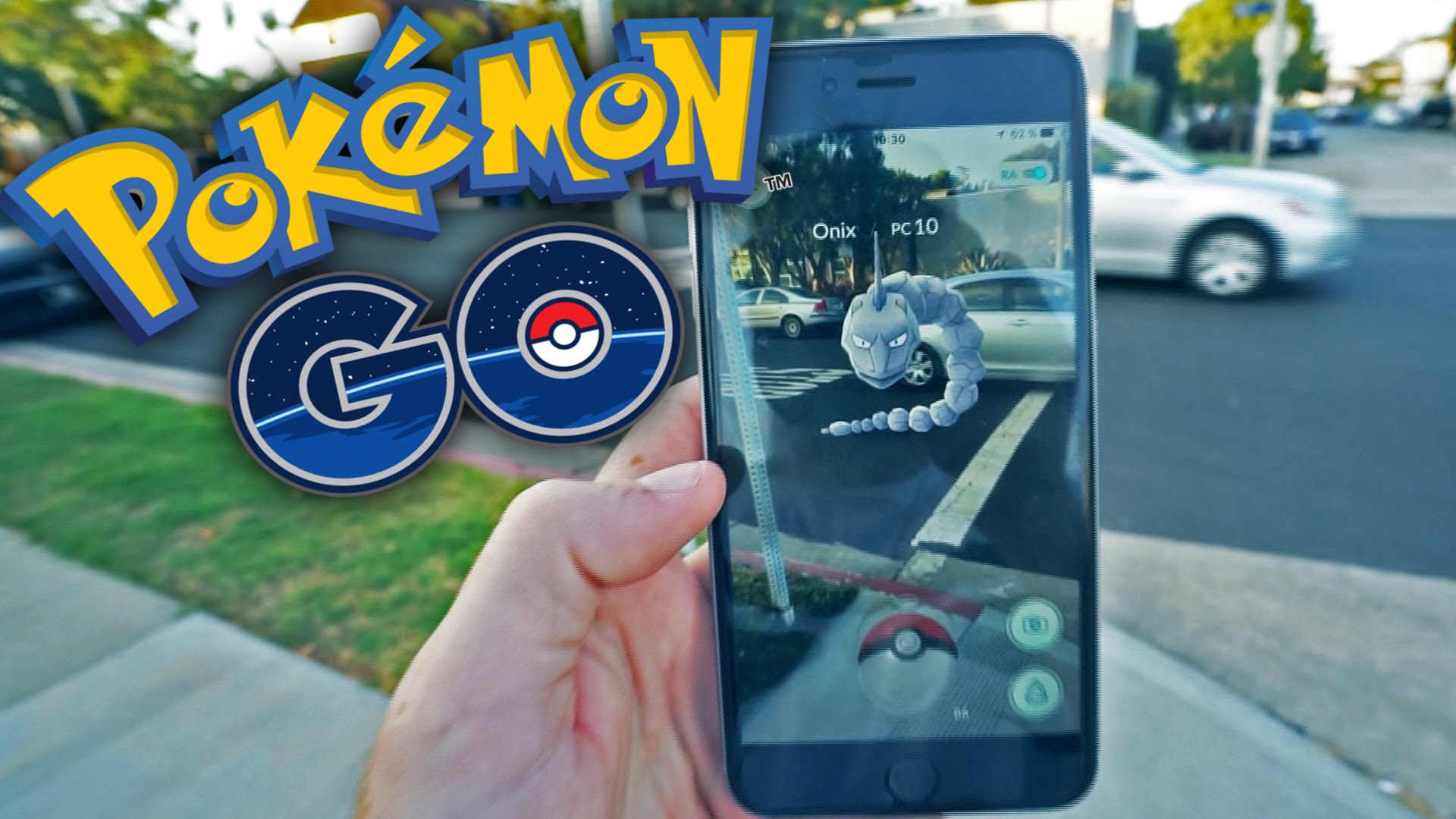Pokemon GO is all about getting players out of the house and maybe even exercising — and Pokemon Eggs are designed to help that exercise process along. Like their mainline counterparts, the eggs in Pokemon GO have different requirements for how far you need to walk in order to hatch.
That’s all well and good. But sometimes, it just isn’t viable to walk 10km to get that rare Pokemon. Incubators made the process a bit easier, but with the advent of the Equinox Event, there’s a Super Incubator to help speed the process up even further.
How to Get the Super Incubator
For now, the only way to get a Super Incubator was through purchasing an Equinox Event Box — so if you’re reading this, hopefully you picked at least one of those boxes up.
To use your Super Incubator, you’ll need those little eggs you get randomly from visiting Pokestops. The type of egg you get is completely random, though some speculate that your trainer level influences the rarity of the Pokemon inside.

With a distance multiplier rate of 0.6666667, the Super Incubator hastens your hatching time by 1.5.
To give you a better idea of how that translates into practical terms, your walking distance for a 2km egg goes down to 0.8285 miles, the 5km egg gets cut to 2.0712 miles, and the 10km, rare egg drops down to 4.1424 miles. And yes, it does have three uses like a regular Incubator — despite the initial confusion. Just make sure not to walk faster than 10 mph, or the game thinks you’re cheating.
What Pokemon Will Each Egg Hatch?
With all this in mind, you may be wondering why you should bother hatching eggs to begin with. Eggs give you a better chance of catching a Pokemon that might not be available in your area, or that’s simply rare to find at all. Here’s a short list of these eggs by distance, the Pokemon they hatch, and the rarity of each hatch.
2km Eggs
These might seem like your basic run-of-the-mill eggs, but there are still some classic favorite Pokemon to be found. There are also fewer categories of rarity.
- Common Pokemon
- Spinarak
- Krabby
- Geodude

- Uncommon Pokemon
- Magikarp
- Abra
- Slowpoke
- Slugma
- Igglybuff
- Ultra-Rare Pokemon
- Misdreavus
5km Eggs
The 5km Eggs bring in more variety, both in terms of Pokemon and their overall rarity.
- Common Pokemon
- Cubone
- Chinchou
- Eevee
- Poliwag
- Rhyhorn
- Uncommon Pokemon
- Totodile
- Cyndaquil
- Chikorita
- Mantine
- Houndour
- Natu
- Gligar
- Rare Pokemon
- Onix
- Seel
- Tangela
- Ultra-Rare Pokemon
- Grimer
- Koffing
- Quilfish
- Sneasel
- Hyper-Rare Pokemon
- Dunsparce
- Shuckle
- Wobbuffet
- Girafarig
10km Eggs
10 km Eggs are the rarest of the bunch, and their yields include some pretty powerful Pokemon too.
- Uncommon Pokemon
- Dratini
- Larvitar
- Rare Pokemon
- Sudowoodo
- Mareep
- Chansey
- Ultra-Rare Pokemon
- Miltank
- Snorlax
- Lapras
- Skarmory
Enjoy the Outdoors!
With so many Pokemon to obtain, and with the Super Incubators making it easier than ever before to hatch them, it’s the perfect reason to head outside and take a walk in the park. Or get a treadmill — whichever you prefer.
Either way, let us know in the comments what you’ve hatched so far, and be sure to check out our other Pokemon GO guides!







Published: Sep 30, 2017 12:21 pm